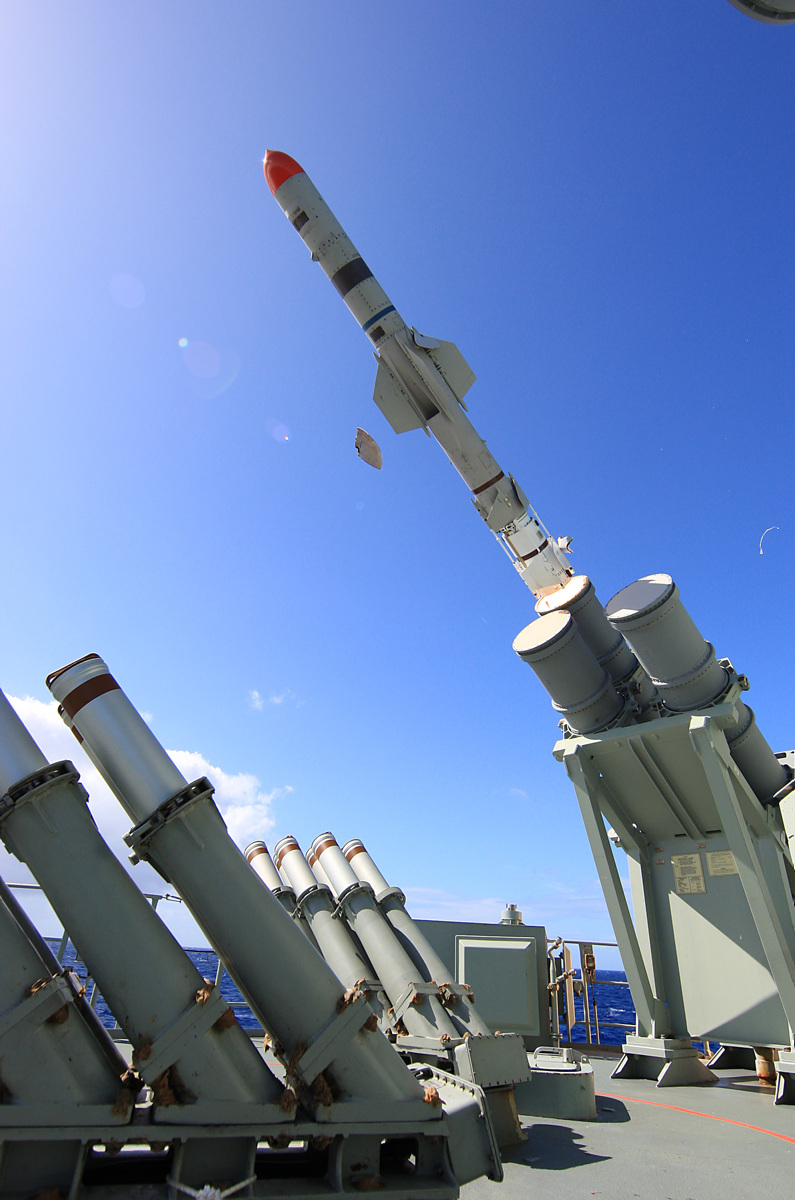US Approves Potential RGM-84L-4 Harpoon Block II Missiles to Taiwan
TAIPEI: The State Department has approved a possible Foreign Military Sale to Taiwan of up to 100 Harpoon Coastal Defence Systems (HCDS) and related equipment for an estimated cost of $2.37 billion.
The potential sales package to the country, represented by the Taipei Economic and Cultural Representative Office in the United States (TECRO) includes up to 100 Harpoon Coastal Defence Systems (HCDS) consisting of up to 400 RGM-84L-4 Harpoon Block II surface launched missiles; and four RTM-84L-4 Harpoon Block II exercise missiles, said a statement from the US Defence Security Cooperation Agency.
Also included are 411 containers, 100 harpoon coastal defence system launcher transporter units, 25 radar trucks, and other related parts and support services. The total estimated program cost is $2.37 billion. The principal contractor of the sale will be Boeing, which defence systems headquarters in St Louis will be responsible for the project.
The Harpoon Block II expands the capabilities of the Harpoon anti-ship missile – which have been in service of the armed forces of more than 30 countries. Harpoon Block II is capable of executing both anti-ship and land-strike missions. The missile uses GPS-aided inertial navigation to hit a designated target aimpoint.
The 227 kg blast warhead delivers lethal firepower against a wide variety of land-based targets, including coastal defence sites, surface-to-air missile sites, exposed aircraft, port/industrial facilities, and ships in port.
For conventional anti-ship missions, such as open-ocean and near-land, the GPS/INS eliminates midcourse guidance errors en route to the target area. The accurate navigation solution coupled with launch system improvements combine to offer better discrimination of target ships from islands, nearby land masses or other ships. These Block II improvements maintain Harpoon’s high hit probability against ships very close to land or traveling in congested sea lanes. – shp/aaa/mgm
(PHOTO: Royal Australian Navy)


